Have you ever stored your clothes in a basement and, after some time, found black spots growing on them? Although your health and safety should come first, you should not throw away your mold-stained clothes. Instead, you can use the techniques below to remove the molds.
The only ideal way to remove mildew from clothes is by using a bleach solution. For colored or now-washable clothes, use household products such as vinegar, tea tree oil, baking soda, hydrogen peroxide, or borax to remove mold. A washing machine or dry cleaning can also work.
Step 1: Using Bleach
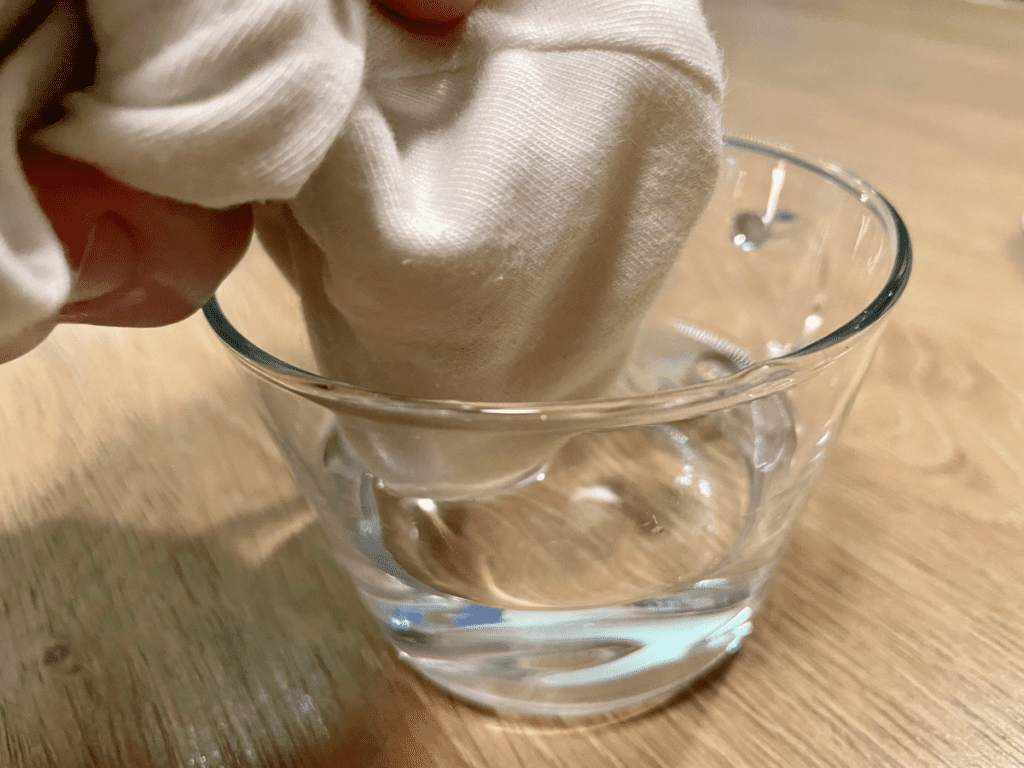
Bleach can occasionally be used to remove mold from garments effectively. In particular, this is true of white cotton clothing. However, you should be aware that there are conflicting views on whether bleach can completely eradicate mold from textiles. Bleach destroys mold quite quickly on hard surfaces, although it sometimes struggles with soft surfaces. To be safe, you might wish to follow the bleach method with the borax method.
Additionally, many-colored or black garments will be harmed by chlorinated bleach, which also removes color. This indicates that only white clothes stains should be treated with chlorine bleach.
On the other hand, the majority of color-fast clothing can be safely cleaned with oxygen bleach. Mold can also be killed by oxygen bleach.
Procedure:
- Mix ½ cup bleach with ½ cup of water in a disposable cup.
- Wear gloves or a spray bottle to spread the solution onto the stained area.
- Give it about ten minutes.
- Put your cloth in the washing machine and set it to hot water. If the stain does not disappear, clean it with more bleach and detergent.
- Finally, check the cloth for any lingering stains.
Step 2: Without Bleach
You must use a gentle cleaning technique to remove mold or mildew from non-bleachable clothes, such as wool, leather, or silk items.
Check the care label on your clothing first. You shouldn’t try to clean the stain yourself if it states to “dry clean only.”
However, there are specific situations when you can safely wash delicate materials at home.
Old linens can be cleaned with vinegar. In doing so, the mold should be eliminated without endangering the delicate, natural fabric.
Try using a fabric restorer like this one on vintage quilts, lace clothing, or some silks.
Mold or mildew can sometimes be eliminated from wool by rubbing stains with salt and lemon juice. Just be sure to rinse the clothing thoroughly afterward!
Try soaking a towel in rubbing alcohol and gently wiping the stain to remove mold from the leather.
Step 3: Using Vinegar
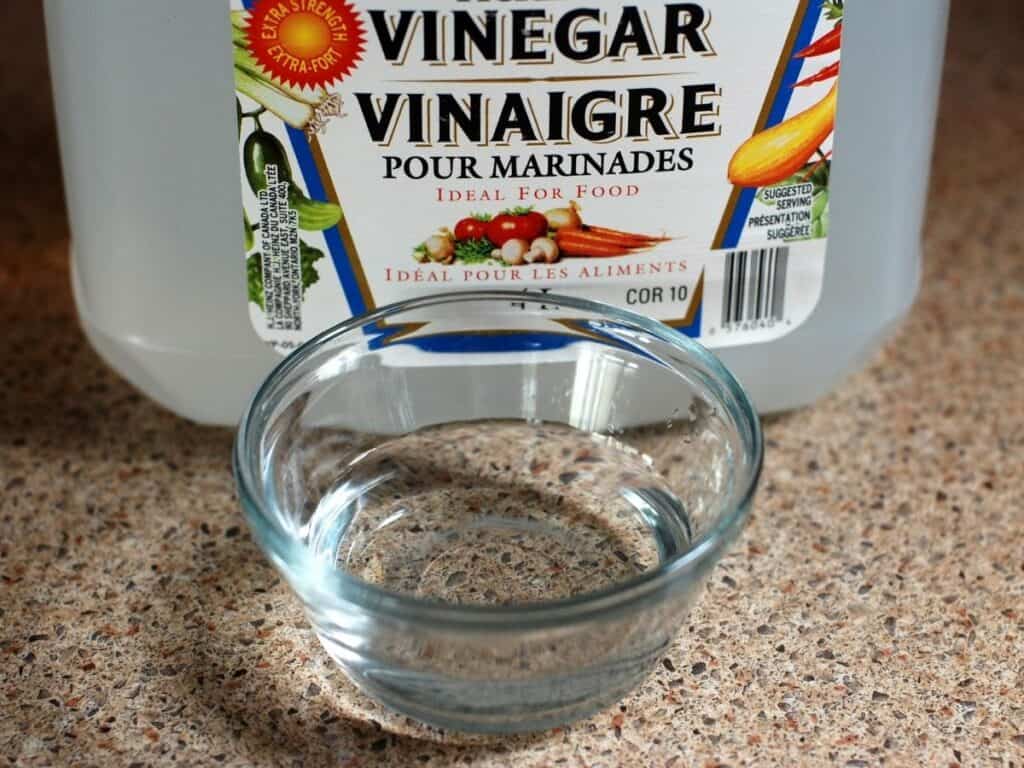
Acetic acid, a component of vinegar, is quite good at eliminating the majority of common varieties of mold! Furthermore, vinegar is affordable, and chances are you already have some at home.
Pouring two cups of distilled white vinegar into your washing machine is the simplest way to use vinegar to treat moldy clothing. Bring the water to a boil. Then, see if any stains are still present!
Try soaking the stain with a spray bottle of undiluted vinegar for large or difficult stains. Place the item in the washing after letting it sit for 20 minutes.
You can combine a vinegar wash with a baking soda treatment for even greater mold removal efficiency.
Step 4: Baking Soda/Baking Soda and Vinegar
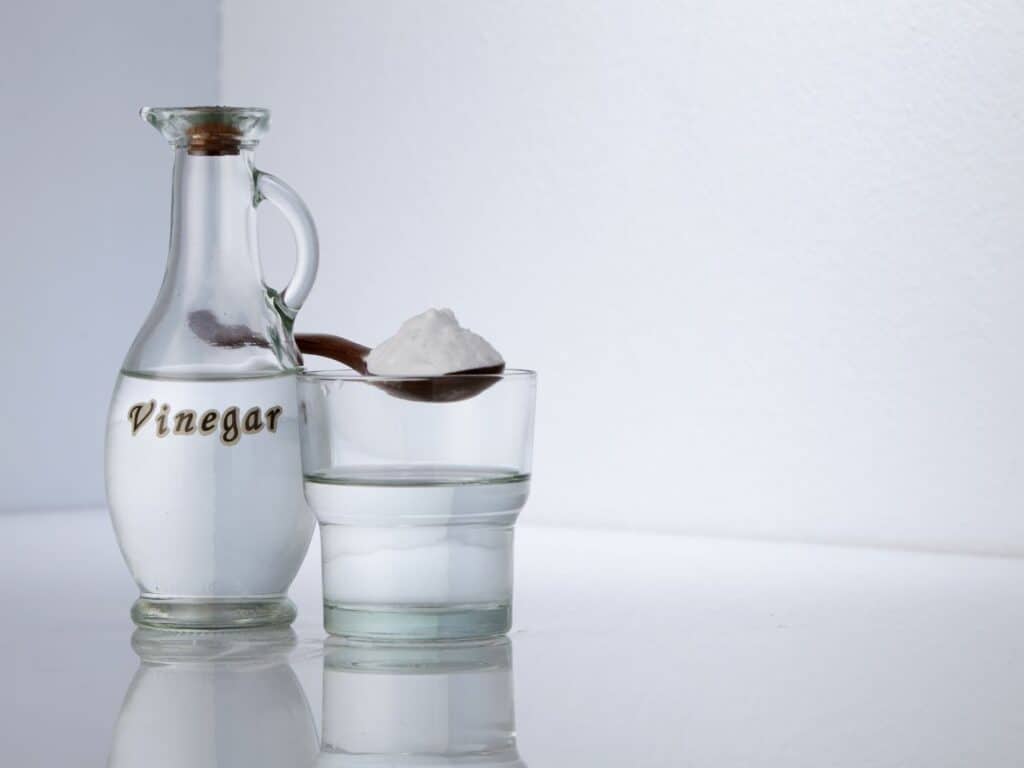
Baking soda eliminates odors, and vinegar kills mold. These effective natural cleaning agents can remove almost all mold stains from garments!
Please be aware that while mixing vinegar and baking soda is okay (you’ll probably recall the bubbling from a long-ago school baking soda volcano project), vinegar should never be used with other cleaning agents like bleach. Combining cleaning supplies might produce deadly gasses that could give you serious health problems or even kill you!
You may often add one cup of vinegar to your washing machine’s initial rinse cycle. After that, add 1/2 cup of baking soda to the subsequent cycle.
Procedure:
- Mix ¼ cup of water, ½ cup of baking soda, and ¼ cup of white vinegar in a disposable cup to form a sticky, bubbly paste.
- Wear gloves or a spray bottle to spread the solution onto the stained area.
- Give it an hour or two for the paste to dry.
- Scrap away the paste using an old toothbrush.
- Using a damp towel, wipe the stained area.
- Put the item in the washer, add hot water and detergent, and wash.
I wrote a complete guide on mixing vinegar and baking soda that may interest you.
Step 5: Using Hydrogen Peroxide
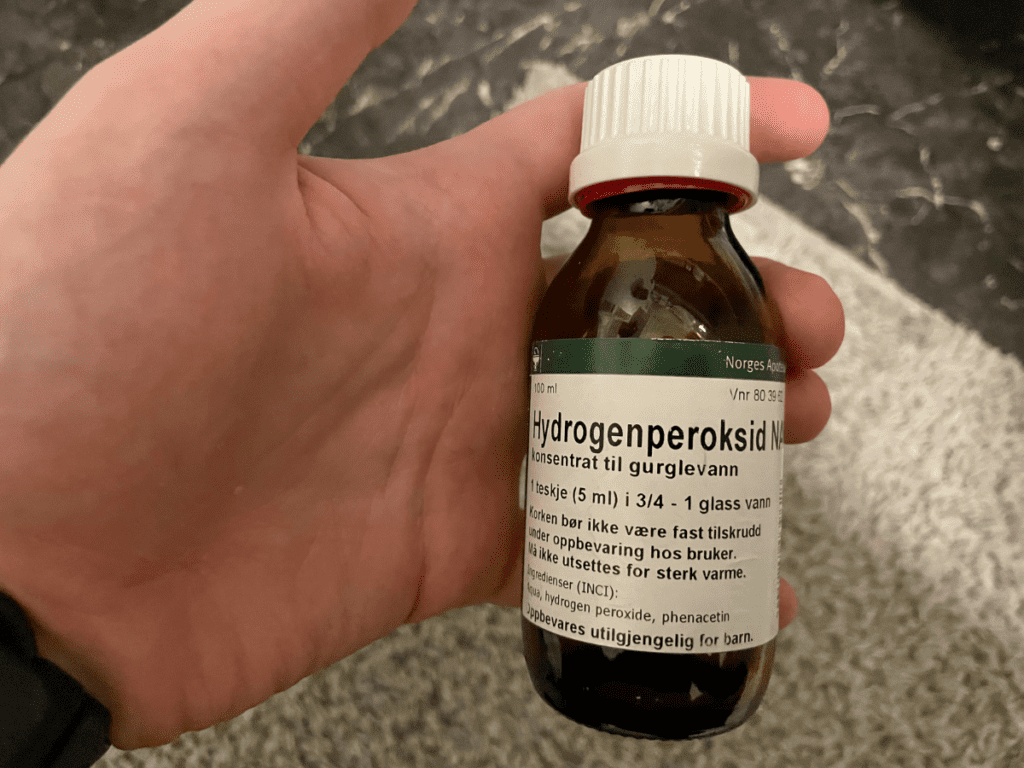
In addition, hydrogen peroxide is a disinfectant that can eliminate mold and viruses. It offers a wide range of cleaning abilities and, in many situations, is particularly successful at removing mold stains from clothing. Utilizing hydrogen peroxide carries the risk that it could bleach colored materials. This shouldn’t occur on color-fast clothing, but you should test the fabric first by dabbing a tiny drop on an inside seam.
- Soak the cloth in about 3% hydrogen peroxide solution.
- Allow it to rest for about 20 minutes.
- Carefully rinse the garment. Although peroxide won’t hurt your skin, you shouldn’t contact the mold or let it touch your belongings or clothing.
- Lastly, wash the cloth using hot water in your washing machine.
Step 6: Using Borax
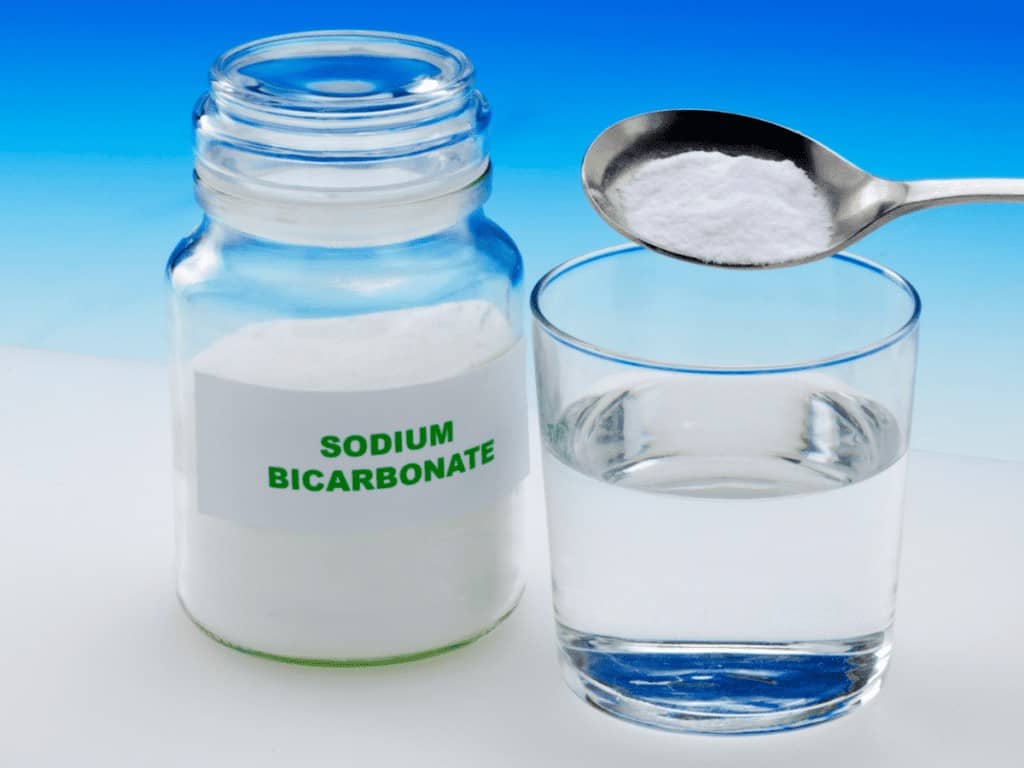
Mold odors and stains can be effectively eliminated with borax. Because it produces hydrogen peroxide when combined with water, it functions as a fungicide. This reaction eliminates mold and eliminates odors!
Borax is frequently found in the cleaning section of a grocery store or Walmart. This chemical can also be used as an insecticide and in other cleaning procedures. However, you must handle it carefully because inhaling it or getting it on your skin could result in an allergic reaction.
Procedure:
- Get a container that can hold your stained garments, such as a bucket or basin. Fill it halfway with boiling water.
- Put in half a cup of borax.
- Stir the solution using a disposal spoon until all the borax powder dissolves. This may take a few minutes since borax does not dissolve easily.
- Put your clothing in the mixture. Ensure that the fabric is fully submerged. Let it soak for 20 minutes after that.
- After soaking, take the wet cloth to the washer and wash it in hot water using a normal detergent.
- After washing, check the item for any lingering odors or stains. Repeat this procedure as necessary.
Step 7: Using Tea Tree Oil
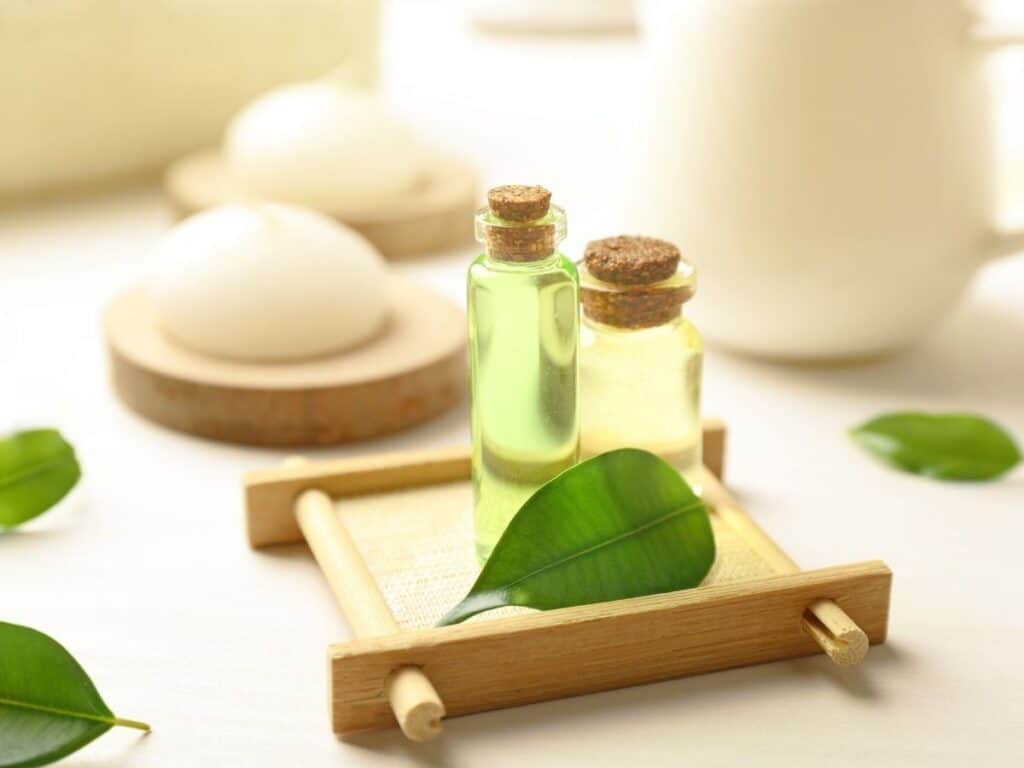
Real tea-tree oil is a miracle worker for mold removal. Tea tree oil has antibacterial and antifungal capabilities that can even eliminate airborne mold spores! It can also effectively eliminate mold and mildew from your bathroom.
Even though this DIY remedy is more expensive than a straightforward vinegar or bleach soak, it works! It also smells lovely and is safer than bleach or borax.
Make sure to choose genuine pure tea tree oil rather than the inexpensive synthetic substitute sometimes found in stores with incense sticks. The less expensive varieties may have an oily aftertaste and leave stains on your clothes because they do not contain authentic tea tree oil.
- Pour one teaspoon of pure tea tree oil and one cup of boiling water into a spray bottle. This mixture needs to be shaken in the bottle.
- Spritz the stained area on both the front and back of the cloth.
- Allow it to sit for about ten minutes.
- Use hot water to wash the cloth in your washing machine. Pour the remaining tea tree oil and water mixture in, then add ordinary detergent.
- After washing, check the cloth to ensure no mold is left.
Step 8: Dry Cleaning
Most of the home treatments suggested in this article cannot be used if you check the care label on your mold-stained clothes and find out that it is dry-cleaned only. The cloth will become stained and worn from water and several cleaning agents. You’ll end yourself in a worse situation than you did with simply the mold stains!
Instead, make an effort to gently brush any loose, flaky, or powdery mold away. Safely dispose of that. When your dry cleaner asks if they can remove the stains, take the item there. In some circumstances, the cleaners might not be able to remove significant mold stains and might advise throwing the clothing away.
Can Mold Grow On Clothes?
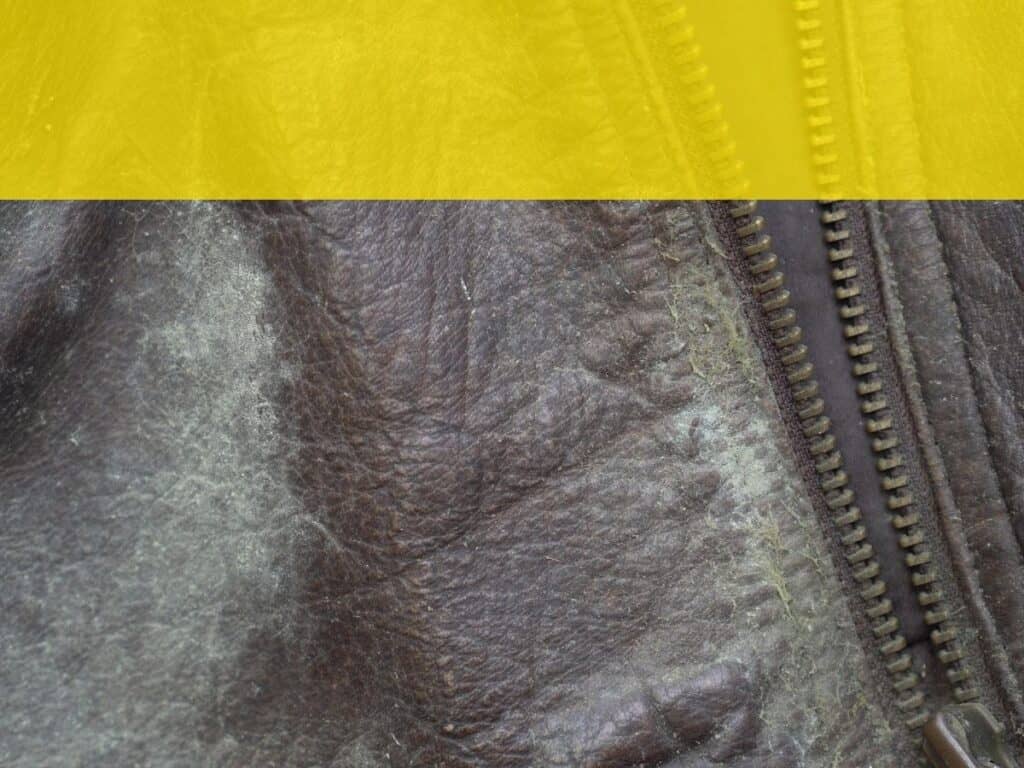
Any fabric, especially one that is moist or humid, can quickly develop mold. This occurs as a result of mold producing tiny spores that float through the air looking for a moist location to land. A spore travels swiftly and consumes all organic matter it comes in contact with once it reaches a welcoming, moist surface.
Molds of all varieties perform a crucial part in the life cycle of everything in nature, enabling decomposition to take place. Mold may be found pretty much everywhere outside, including the air and the ground.
There are two main types of mold that typically grow on textiles indoors. Even in the early stages of mildew, black mold produces harmful mycotoxins, which are readily apparent. White mold is less harmful but more common in homes, soft furniture, and textiles.
Black mold spreads like scaly lichen, whereas white mold frequently appears fuzzy or powdery.
What Causes Mold on Clothes?
Although several circumstances can lead to mold growth on clothes, damp clothing is the main culprit. If you frequently amass a mountain of dirty clothes, a moist towel or a wet soccer uniform left in a pile for an extended period may develop mold. Mold can also easily spread by clean clothing that wasn’t dried on a line or in a dryer.
Living in humid areas could make fighting mold more difficult. To stop mildew from forming on your clothes and furniture, you may need to figure out how to ventilate or cool your home regularly.
Because spores often produce an allergic reaction in people, mold stains on clothing can be hazardous. This is especially true for black mold, which, if left untreated, can result in major health issues.
Avoid all types of mold if you have respiratory problems because they can trigger fevers, sneeze fits, coughing fits, and choking, especially in asthmatics. Depending on the sensitivity of the person exposed to the spores, some varieties of mold have also been linked to rashes, headaches, and other types of illnesses.
Can You Wash Mold Out of Clothes?
Most of the time, washing can remove mold from clothing, especially if a special treatment, such as bleach or another cleaning agent, is used first. However, you can discover that the mold has harmed the garment’s fabric. You could also struggle to eliminate the musty odor caused by mildew.
It’s unlikely that using detergent alone to wash your garments will solve the issue completely. If you don’t treat the cloth with a mold-killing chemical, the stain will return after being removed from view.
How to Remove Mold and Mildew From White Clothing

Bleach treatment is the ideal approach to get rid of mold and mildew from white garments. Several forms of white cloth, including lace, linen, and silk, cannot be bleached. Bleaching works well for cotton and many synthetic materials, especially when oxygen bleach is used.
Try any home cures mentioned in this article if you don’t want to risk using bleach, such as soaking in hydrogen peroxide or a borax and water combination.
The vinegar and baking soda technique mentioned before also eliminates odors and stains on even delicate white clothing!
How to Get Mildew Smell Out of Clothes
The best method for eliminating a mildew smell from clothing is to treat it with a vinegar and baking soda solution, which will eliminate the mold and stench. Add vinegar and baking soda to your washing machine to accomplish this.
Even towels with a musty smell respond well to this technique.
Other successful techniques include hanging the clothing in the hot, direct sunlight. Give them a few hours to rest. Your clothes will smell fresh again thanks to the sunlight and fresh air!
Chlorine or oxygen bleach will kill the spores and eliminate the foul odor’s source if you can safely bleach your garments.
How to Remove Mold From Colored Clothes
Using the vinegar method outlined previously in this article is one of the safest ways to remove mold from colored clothing without destroying the fabric. More than 80% of all varieties of mold in the world are destroyed by vinegar! Additionally, it may effectively remove any mildew in your kitchen or bathroom.
Additionally, vinegar removes residue from other soaps and detergents, enhancing the vibrancy of colors and softening fabrics. So utilizing vinegar is a win-win situation for everyone!
Most significantly, vinegar won’t remove the dye from your brilliantly colored garment like chlorine bleach. For most clothing types, adding vinegar to the wash is harmless. The key exception to this rule is clothes that can only be dry cleaned, which should always be treated for mold by a professional.
How to Prevent Mold on Clothes in Closet
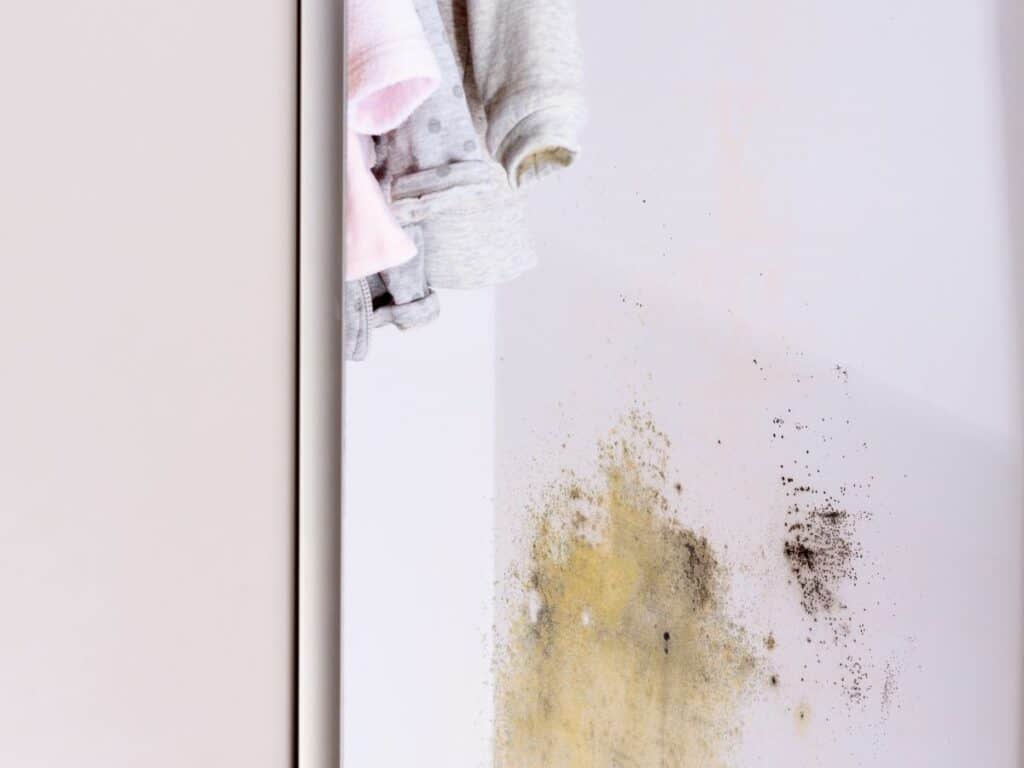
Ensure your garments are dry before putting them away to avoid mold growth on clothing in your closet. Ideally, you should also leave some room between the garments to prevent them from hanging or folding tightly on top of one another. Additionally, you should ensure that your home has some form of ventilation and maintain an appropriate humidity level.
Allowing the clothing to air dry in direct sunlight is a fantastic approach to stop mold from forming on the garments. Mold and its spores are effectively destroyed by UV light. Naturally, you can only apply this technique on hot, dry days.
I also wrote a guide specifically on removing mold from suede that may interest you.

I’m an expert wardrobe organizer and a bit of a clean freak. I created this website and its YouTube channel to share practical guides about laundry and organizing. My teachings have been featured in multiple large news publications, and I’ve self-published two wardrobe organizing books and an entire course on the subject.

